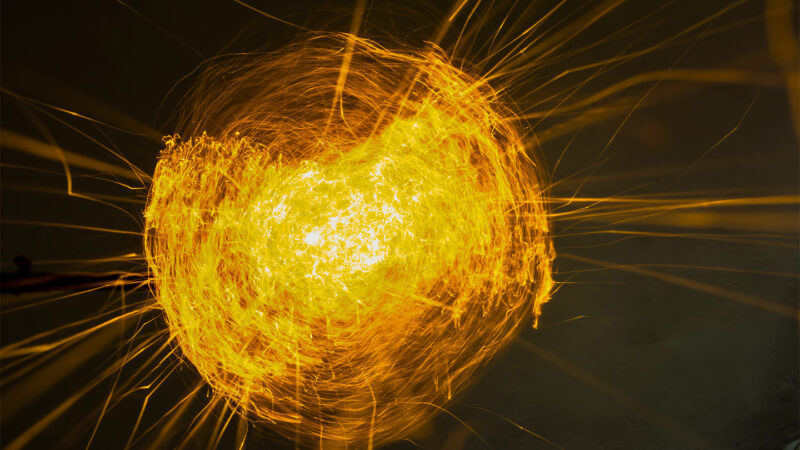
Kugelblitz (noun, “KOO-ghull-blitz”)
A kugelblitz is a black hole made of pure light. Such objects are only theoretical. Some laws of physics suggest they should be able to exist. Others suggest that in real life, a kugelblitz could never actually form.
A black hole packs a huge amount of mass into a very tiny space. As a result, its gravity is so strong that not even light can escape. All known black holes are made of matter. But Einstein’s general theory of relativity says that matter and energy are just two different forms of the same thing. (This is what is expressed in the famous equation E = mc2.) So in theory, a black hole could be made out of densely packed energy — light — rather than matter. This would be a kugelblitz, which is German for “ball lightning.”
Explainer: What are black holes?
But new research suggests that the rules of quantum physics would keep kugelblitzes from forming. According to quantum physics, when light gets too highly concentrated, something strange happens. Electrons and their antimatter partners (positrons) start to form. Those particles could then escape a region of densely packed light, taking energy with them. That would keep light from ever concentrating enough to form a black hole. Not even the superbright centers of active galaxies could produce light intense enough to overcome this limit.
In a sentence
Kugelblitzes may only be theoretical — but black holes were predicted to exist decades before scientists actually found one.
Check out the full list of Scientists Say.
